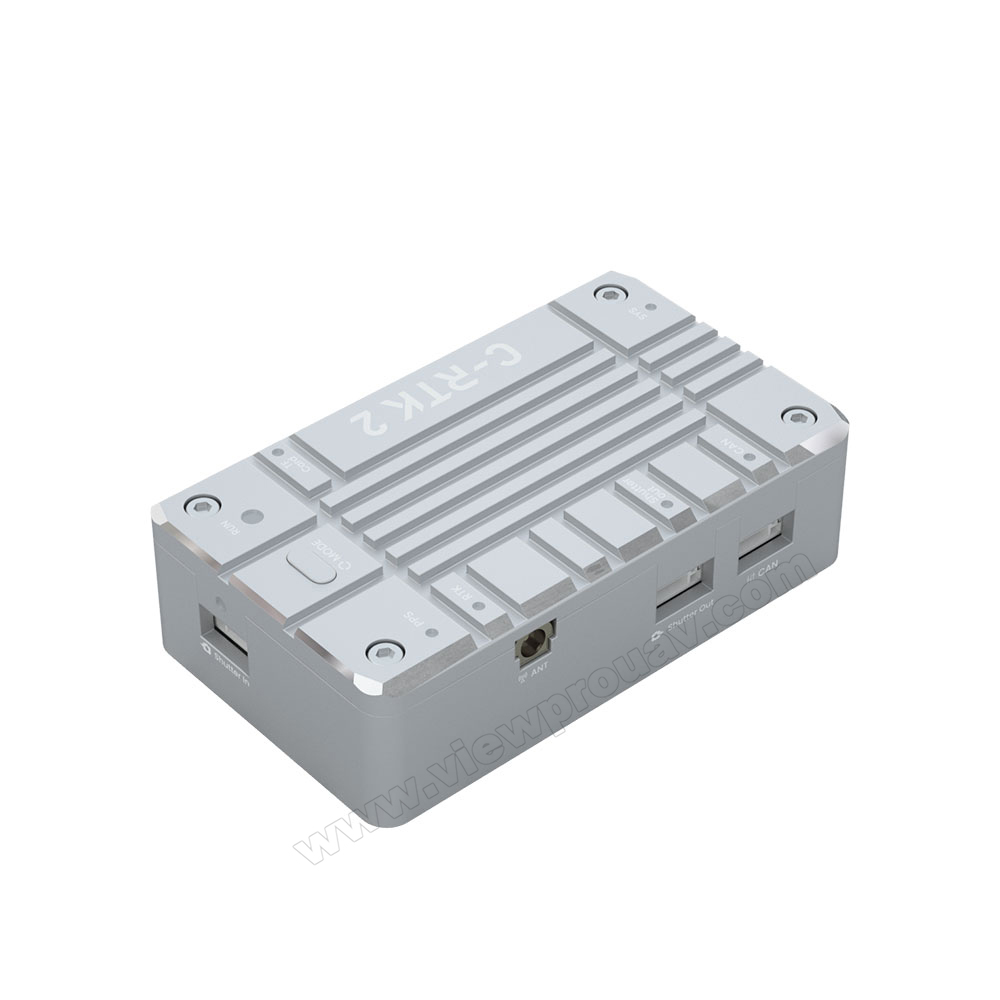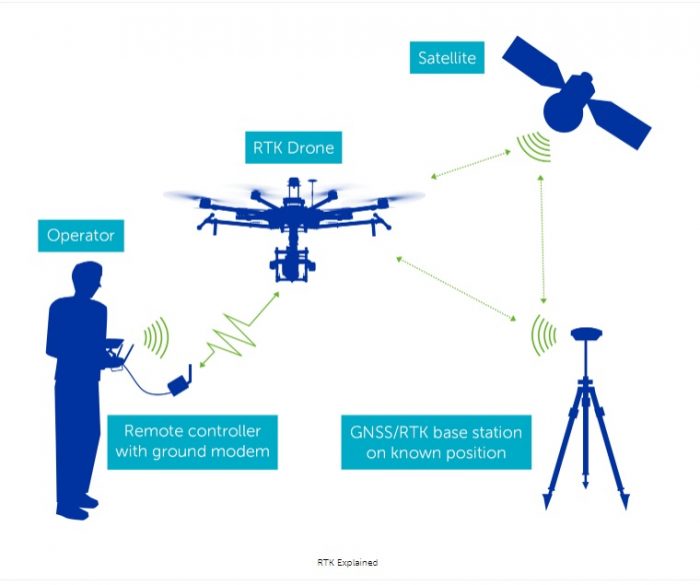Unparalleled Accuracy: SparkNavi Drone Flight Controller and GNSS/INS Made in Taiwan
Unparalleled Accuracy: SparkNavi Drone Flight Controller and GNSS/INS Made in Taiwan
Blog Article
Exploring the Role of Drone Trip Controllers in Enhancing Flight Security and Navigation Effectiveness
The development of drone technology has actually considerably enhanced the value of flight controllers, which serve as the mind of these aerial vehicles. By incorporating real-time information from an array of sensing units, flight controllers improve trip stability and navigating performance, guaranteeing that drones can run efficiently even in intricate settings. This discussion will certainly discover the key components that add to these renovations, along with the effects for the future of independent flight. What advancements lie in advance that could additionally transform the capacities of drone flight controllers?

Comprehending Trip Controllers
Flight controllers are integral parts in the performance of drones, functioning as the minds that manage and maintain trip operations. These sophisticated gadgets procedure information from different sensing units, consisting of accelerometers, gyroscopes, and GPS, to guarantee that the drone preserves its intended flight path. The flight controller interprets this data and performs commands based upon pre-defined algorithms, enabling the drone to react to environmental adjustments, such as wind or barriers.
The primary function of a trip controller is to maintain security throughout trip. It achieves this by making real-time changes to the drone's motors and control surface areas, making sure equilibrium and control. Additionally, modern-day flight controllers incorporate advanced attributes such as waypoint navigation, permitting automated trip paths and improved functional efficiency.
Understanding the design of trip controllers is crucial for both enthusiasts and specialists. As technology breakthroughs, flight controllers have become more qualified and compact, incorporating fabricated intelligence to boost decision-making processes and adapt to intricate flight circumstances.
Key Elements of Trip Stability
Accomplishing ideal trip stability in drones depends on a number of crucial parts that operate in performance to make certain smooth and controlled procedures. Central to this security is the trip controller itself, which refines information from numerous sensing units to preserve the desired trip mindset. This includes accelerometers and gyroscopes that measure activity and positioning, enabling real-time adjustments to the drone's placement.
Another essential component is the electronic rate controllers (ESCs), which control the power delivered to the electric motors. By carefully tuning electric motor speeds in response to trip controller commands, ESCs aid preserve balance and neutralize disturbances caused by wind or abrupt movements.
Additionally, the style of the drone's frame plays a crucial function in flight security. A well-structured framework reduces resonances and improves the general aerodynamic profile, contributing to smoother trip qualities. Ultimately, the combination of innovative algorithms within the trip controller aids in anticipating modifications, making sure a versatile and receptive flight experience.
With each other, these elements create a cohesive system that boosts a drone's stability, permitting precise handling and enhanced performance in various flight problems.
Navigation Efficiency Techniques
Efficiency in navigating is crucial for maximizing drone procedures, especially in complex environments. Efficient navigation strategies boost the ability of drones to pass through challenging terrains and stay clear of barriers, consequently boosting operational performance and safety and security.
One prominent method is the execution of advanced GPS and inertial measurement devices (IMUs) that give precise location tracking and orientation data. These modern technologies permit drones to compute optimum trip courses in real-time, taking into account various aspects such as wind problems and prospective challenges.
An additional strategy entails the use of algorithms for path planning and optimization. Algorithms such as A * and Dijkstra's algorithm can be deployed to determine one of the most efficient route while minimizing energy intake and flight time. Incorporating equipment understanding versions can allow drones to adaptively discover from their settings, boosting navigating abilities with experience.

Effect On Autonomous Drones
The integration of sophisticated navigation methods has actually exceptionally changed the capacities of independent drones, allowing them to run with better freedom and accuracy. SparkNavi drone flight controller and GNSS/INS made in taiwan. These improvements are largely credited to sophisticated flight controllers that utilize real-time data handling and sensing unit blend, permitting drones to browse intricate environments flawlessly
The influence on autonomous drones expands past mere navigating; it encompasses boosted barrier avoidance, enhanced security during vibrant conditions, and enhanced mission integrity. By leveraging formulas that integrate machine understanding and expert system, drones can adapt to changing conditions, making notified choices that enhance their trip paths while decreasing dangers.
Moreover, the application of durable flight controllers has actually helped with the implementation of complex tasks, such as aerial assessments, shipment solutions, and agricultural monitoring, with marginal human treatment. This ability not just improves operations but additionally decreases human mistake, therefore improving overall security.
Consequently, the functional range of independent drones has expanded substantially, making them vital devices in various sectors. Their ability to execute successfully in diverse situations emphasizes the crucial role that progressed trip controllers play in forming the future of unmanned airborne systems.
Future Fads in Flight Control
Frequently, developments in flight control modern technology are poised to redefine the landscape of drone procedures in the coming years. Arising patterns show a considerable shift towards enhanced expert system (AI) combination, allowing trip controllers to refine real-time information extra efficiently. This evolution will assist in enhanced decision-making abilities, permitting drones to adjust to vibrant environmental conditions autonomously.
Additionally, the execution of artificial intelligence formulas is anticipated to improve anticipating maintenance, consequently minimizing downtime and extending the lifecycle of drone parts. This aggressive approach to maintenance will certainly be crucial as drone applications expand across numerous markets, from agriculture to logistics.

.jpg)
Last but not least, advancements in secure communication methods will certainly resolve safety and security and governing problems, making certain that drones look at more info can run effortlessly in overloaded airspaces (SparkNavi drone flight controller and GNSS/INS made in taiwan). Collectively, these fads aim in the direction of a future where trip control systems are not just smarter and a lot more additionally qualified however effective of operating safely in a significantly incorporated airspace
Verdict
To conclude, drone flight controllers are essential to boosting flight security and navigation efficiency with the advanced handling of sensor data. By preserving optimal trip perspectives and employing advanced algorithms for path optimization and challenge evasion, these controllers significantly add to the freedom and functional safety and security of drones. As technology remains to develop, better innovations in trip control systems are check out this site prepared for, assuring better efficiency and increased capacities in the world of unmanned airborne lorries.
By incorporating real-time information from a selection of sensing units, trip controllers improve flight stability and navigation efficiency, guaranteeing that drones can operate smoothly even in complicated atmospheres.Flight controllers are integral components in the functioning basics of drones, offering as the minds that stabilize and handle flight operations. Additionally, modern-day trip controllers integrate advanced features such as waypoint navigating, allowing for automated flight courses and improved operational efficiency.
Central to this security is the flight controller itself, which refines information from various sensors to preserve the preferred trip mindset.In final thought, drone trip controllers are integral to boosting trip stability and navigation efficiency via the advanced processing of sensing unit data.
Report this page